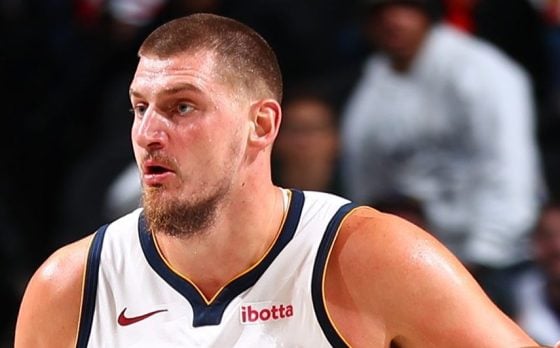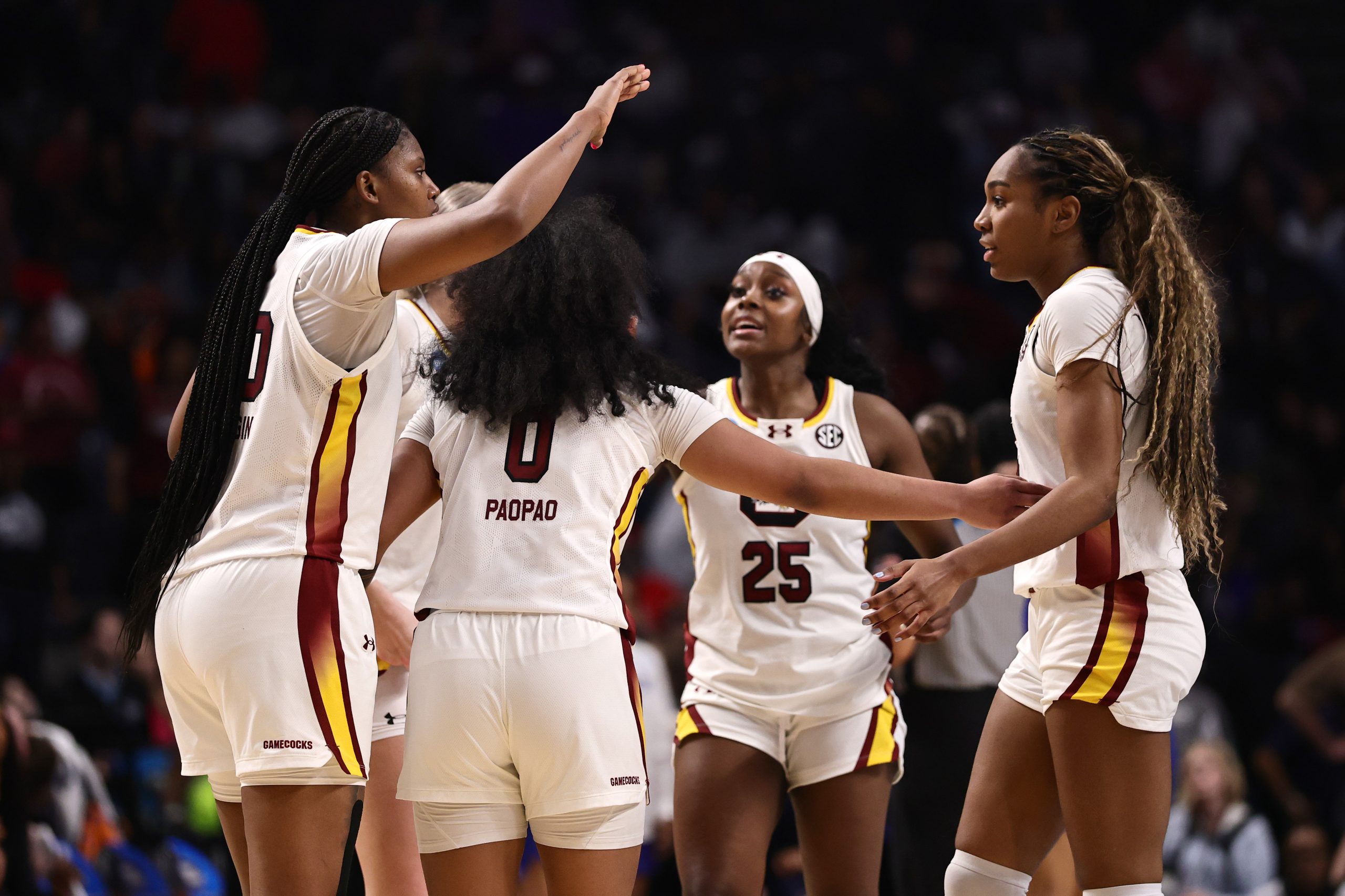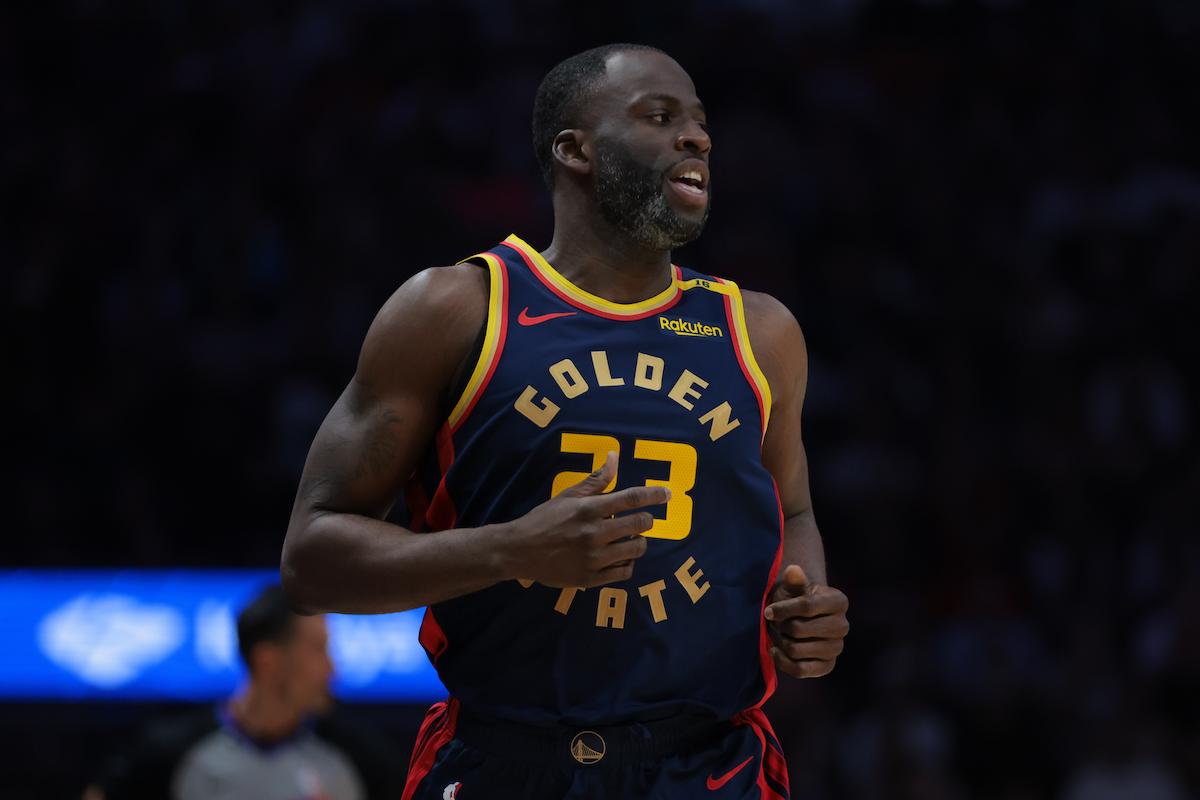Playoff basketball is always full of unforeseen twists and turns, as the greatest soap opera on Earth begins to reach its dramatic climax. But, while the results are still a mystery, there are certain things we can predict, such as the depth of a team’s rotation.
The Boston Celtics are one of the more predictable teams on that front, as they have been operating with a playoff-ready 8-9 man rotation for most of the season. Sure, there has been some pushback from fans and media members, mostly due to the increased workload on the team’s most talented guys. Yet the mindset behind such a stringent unit is clear – this team knows their rotations inside and out, they know how to play together, and most importantly, how to cover for each other.
You see it all the time, teams have been going 10 or 11 deep for most of the season, and then when they begin to whittle their rotations down, there’s a slight speedbump where players need to acclimate themselves. Boston will have no such problems — Ime Udoka has seen to that.
However, you can’t rule out the guys on the outskirts of the rotation, as throughout the playoffs anything can happen. And sometimes, you need a different body, or skillset, to come in and change the flow of the game. So, what do the Celtics have under the hood to help them in a pinch? Let’s take a look at some of the more likely candidates to get spot minutes.
Aaron Nesmith
Photo by Cole Burston/Getty Images
The man they call “Crash” has tried and failed to crack Boston’s primary rotation this season, and part of those struggles might be down to him being miscast. When the sophomore wing came into the NBA, he was seen as a sharpshooter who could score off movement and provide Boston with elite-level floor spacing.
It’s safe to say that shooting might not be Aaron Nesmith’s best attribute, and if it is, we’ve yet to see enough of it. So far, Nesmith looks to be more of an athletic slasher who is comfortable attacking the rim or stopping and popping in the mid-range area, and that’s fine, especially now that Romeo Langford is no longer on the roster.
According to Cleaning The Glass, Nesmith has converted 74% of his chances around the rim, 45% of his mid-range looks, and just 22% of his threes. So, while we’re starting to see the Vanderbilt product develop into an NBA talent, we’re certainly not seeing what we originally expected when he was drafted, but that’s not such a terrible thing.
The 22-year-old has proven to be a viable slasher, who could provide high-energy off-ball penetration for the Celtics, especially if they need someone who can attack the seams of defense for short spurts, and that will in turn create additional perimeter scoring opportunities for others around him.
On defense, you know that Nesmith is going to hustle his butt off, run into guys, and contest every shot in his vicinity. It might not always be pretty, but you can never accuse the enthusiastic wing of taking a night off in the effort department. The question is, does an erratic defender who plays at full speed all the time hold any value during the playoffs? Even if it’s just for 5-8 minutes per night?
Sam Hauser
:no_upscale()/cdn.vox-cdn.com/uploads/chorus_asset/file/23386518/1239453552.jpg)
Photo by Brian Babineau/NBAE via Getty Images
The undrafted rookie is giving Boston precisely what they originally hoped to get from Nesmith: shooting off the bench. Sam Hauser has quickly proven to be a bucket on the perimeter, and while single-skill shooters tend to lose value in the playoffs, the sharpshooter could be key to unlocking stringent half-court defenses late in a series.
Ime Udoka has noted how Hauser “didn’t really miss a beat defensively, is always in the right spot, and is a great team defender.” Coming from Boston’s taskmaster, that’s high praise – the sort of praise that makes you think the Celtics head coach would have no qualms about playing the rookie for small stretches if the team needed an additional shooting outlet.
Hauser has converted 43.2% of his threes this season and has become a reliable floor spacer who can hit his spot-up shots or hurt you off movement. But, the rookie does face competition for spot minutes from his veteran counterpart.
Nik Stauskas
:no_upscale()/cdn.vox-cdn.com/uploads/chorus_asset/file/23386537/1239453489.jpg)
Photo by Brian Babineau/NBAE via Getty Images
From what we’ve seen from Udoka’s end-of-bench rotations, it would seem that Hauser is currently ahead of veteran scorer Nik Stauskas in the pecking order. Whether that’s due to defensive upside or the rookie understanding the team’s system better is up for debate, but right now, it looks as though Stauskas will only see court time if the Celtics have blown out their opponents.
Considering Boston will be facing off against the Brooklyn Nets in the first round, it’s unlikely we see a blowout for either team, which means Stauskas should get comfortable on the bench. Although Stuaskas could be an x-factor in terms of floor spacing if the Celtics are struggling to break down half-court defenses, considering the Nets have been porous all season, that seems more like wishful thinking than a possible actuality.
Luke Kornet
:no_upscale()/cdn.vox-cdn.com/uploads/chorus_asset/file/23386543/1239813393.jpg)
Photo by Jeff Haynes/NBAE via Getty Images
Out of all the Celtics’ deep bench players, Luke Kornet is the one with a genuine shot of floor time while Robert Williams is away from the team. The floor-spacing big man has proven himself to be a viable rim protector in drop coverage, and Brad Stevens noted how the 7’2’’ center is a surprisingly good defender in pick-and-roll situations when the team originally acquired Kornet last season.
Still, there are some concerns about the big man’s mobility, which could limit his chances in the postseason. While Boston will likely switch 1-4 and have their 5 operate in drop coverage, you still need to rely on the big man closing out to shooters, and Kornet has struggled with lateral bursts in his limited opportunities this season.
On offense, Kornet will give the Celtics a genuine floor spacer in five-out offensive lineups and has proven to be a reliable screener, but his mobility limitations limit his effectiveness as a high-level roll man. So, depending on what Udoka needs at the moment, we’re unlikely to see Kornet take to the court unless it’s to counteract the rim pressure of Nic Claxton, but even then, his chances of floor time will be minimal.
Malik Fitts
:no_upscale()/cdn.vox-cdn.com/uploads/chorus_asset/file/23386556/1239908726.jpg)
Photo by Joe Murphy/NBAE via Getty Images
Fitts is the final player on my list of realistic pinch hitters for Boston’s playoff push. He’s also the hardest talent to gauge in terms of impact. Why? Because Fitts is the only 3-and-D wing on this list and he also possesses solid athleticism and good off-ball movement.
Still, the sophomore wing could provide some additional physicality if things get chippy and the regular rotation is looking tired or beat up. Again, like everyone else on this list, Fitts won’t be a regular contributor, but his skill set affords itself to a potential cameo appearance here or there, and for a player who fought his way onto the roster via 10-day contracts, that is a win in and of itself.
Overall chances
The Celtics top 8 or 9 guys are all exceptionally talented within their roles and have built an understanding with each other throughout the second half of the season. Short of injuries, or an uncharacteristic lull in performance, none of the players on this list are likely to see the court.
However, you have a 15-man roster for a reason, and there will certainly be moments where additional shooting, size, or athleticism will boost the Celtics’ chances of success. If Udoka is brave enough to dip into the deep bench guys, there could be some rewarding moments for everybody involved – assuming the situation calls for a shakeup, of course.
For now, though, we can rest assured that we have a firm grasp on who the Celtics are going to roll with, and how they’re going to operate, and it’s that continuity throughout the roster that should have confidence levels running high heading into Sunday’s game.






